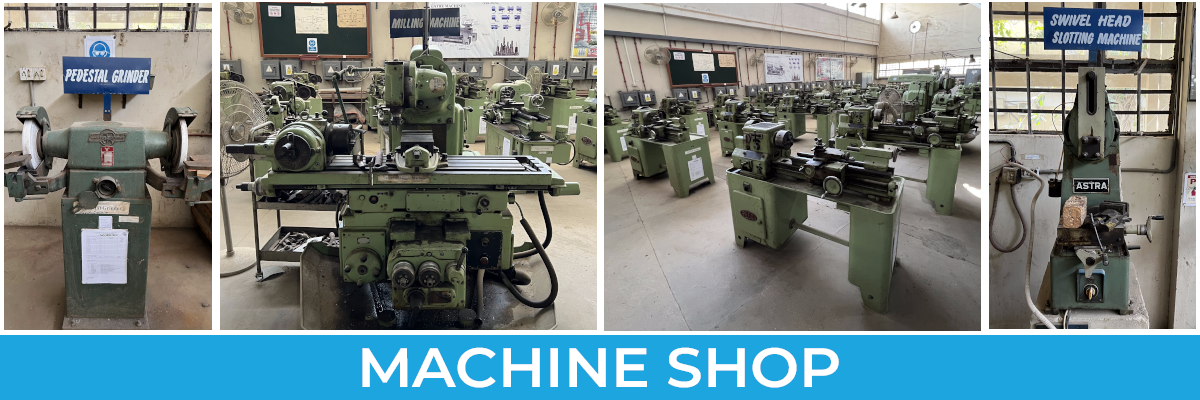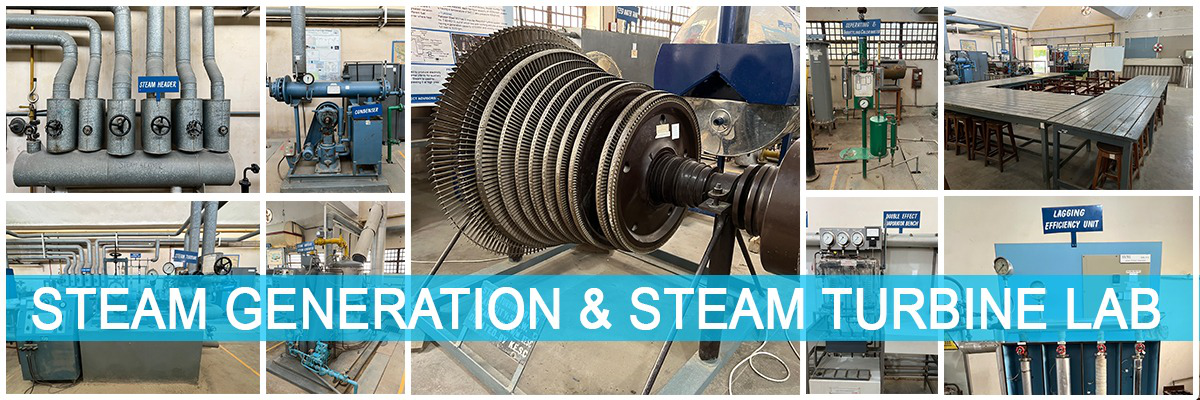ME-503 COMPUTER AIDED DESIGN (CAD)
Credit Hours = 3
COURSE CONTENT
- Fundamentals of CAD: Introduction, the design process, application of computers for design, creating the manufacturing data base, benefits of CAD. Computers, Input / Output Devices, Storing an Image.
- Geometric Modeling: Geometric Modeling Techniques: Multiple-View Two Dimensional Input, Wire Frame Geometry, Surface Models, Geometric Entities: Points Lines, Surfaces, Solids, Tesselated Modeling, Cubic Curves: Hermite Curves, Bezier Curves, B-Spline Curves, Bicubic Surfaces: Hermite Surfaces, Bezier Surfaces, B-Spline Surfaces. Solid Modelers: Solid Modeling Construction Technique: Pure Primitive Instancing (PPI), Spatial Occupancy Enumeration (SOE), Cell Decomposition (CD), Sweeping (S), Constructive Solid Geometry (CSG), Boundry Representation (BREP), Euler Formula , Solid Modeler Storage Data Bases, Feature Recognition, Feature-Based Design Using CSG Construction, Using a BREP for Part Interpretation; Data Transfer Standards.
- Computer Graphics: Computer Graphics and the Part Model: Interactive Graphics, Graphics in CAD, Two-Dimensional Graphics, Two-Dimensional Transformations, Three-Dimensional Graphics, ThreeDimensional Transformations, Composite Transformations in Three Dimensions, Projections, Realistic Image Generation.
- Concurrent Engineering: Key Definitions; Driving Forces Behind Concurrent Engineering; The Meaning of Concurrent Engineering; Schemes for Concurrent Engineering: Axiomatic Design, DFM Guideline, Design Science, Design for Assembly, The Taguchi Method for Robust Design, Manufacturing Process Design Rules, Computer-Aided DFM, Group Technology. Failure-Mode and Effects Analysis, Summary of Concurrent Engineering Tools.
RECOMMENDED BOOKS
Coming Soon




























